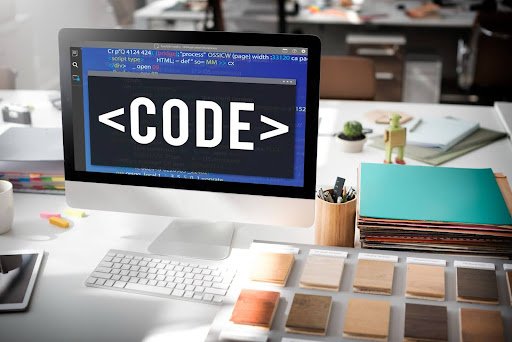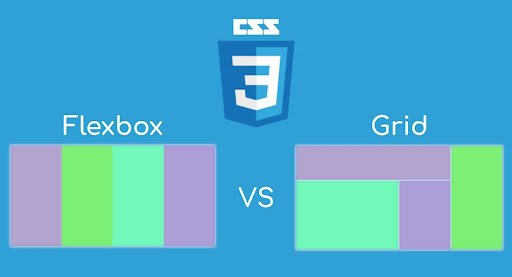Undoubtedly, being familiar with HTML is to web developers what knowing the letters in the English alphabet is to a linguist. It is, therefore, essential to learn CSS for the very reason that it is these things, together with HTML, that have colors, typefaces, spacing, positioning, and everything that gives life to the words and sentences of a site. Anyone who wants to create modern, trendy websites simply must know CSS as one of the basic skills. CSS is a key integrity component in maintaining not just the aesthetic appeal but also an interactive view of these simple HTML web pages for a better user experience. This guide will give you an overview of CSS, how it functions, and its important role in web development.
What is CSS?
CSS stands for Cascading Style Sheets. It is a style sheet language for describing the rendering of HTML elements on the screen. HTML describes the structure (like the bones of a web page), and the CSS is what dresses up that structure-The colors, fonts, spacing, layout, and responsiveness to different devices.
For example, an HTML paragraph is responsible for putting the text on the page, while CSS decides if that paragraph is going to be blue, centered, bold, or spaced 20 pixels away from the next line. It decorates plain text with great visual appeal.
Why Learn CSS Matters in Web Development
1. Separation of Content and Design
If it were not for the CSS style sheet separating content (HTML) from presentation (CSS), everything would be much messier, less maintainable, and less scalable. The design can easily change layout and colours without ever touching the HTML structure.
2. Consistent Presentation across Web Pages
Cascading Style Sheets allow the website to be styled globally. If you want to change the font of all the headers across the site, you change it in just one place. This uniformity ensures that there is a common feel to the website, promoting a better user experience while at the same time reducing development time.
3. Mobile Responsiveness
Companies today need their sites to work across phones, tablets, and desktops. CSS ensures responsive design using such features as media queries and flexible units (%, vw, vh, em, rem). Thus, there is a way of ensuring that your site appears good, no matter the screen size: a must-have for modern web design.
4. Customization and Branding
From animation to gradient, CSS allows developers to connect a brand’s visual identity without having to use JavaScript or image-heavy assets. Thus, the sites are faster and more persuasive, apart from being accessible and search-engine-friendly.
5. Better User Experience
CSS maximizes usability just by optimizing reading, navigation, or even the overall visual hierarchy. Such websites with good styles become easily usable, interesting in browsing, and make people stay longer, which is a must for engagement.
How CSS Works: A Simple Example
Here’s a basic example to show how CSS works:
HTML:
html
<p class=”welcome”>Welcome to my website!</p>
CSS:
css
.welcome {
color: blue;
font-size: 24px;
text-align: center;
}
HTML defines the content while CSS defines how it should look. For example, blue text with a font size of 24px is center-aligned. This completely shows the whole picture of how HTML-CSS works together.
Three Ways to Add CSS
Inline CSS: Style is written inside the HTML element.
html
CopyEdit
<p style=”color:red;”>This is red text</p>
- Internal CSS: Styles are placed inside a <style> tag in the HTML <head>.
html
<style>
p { color: green; }
</style>
- External CSS: Best practice. CSS is written in a separate .css file and linked to the HTML file.
html
<link rel=”stylesheet” href=”styles.css”> - External stylesheets: Good for bigger projects where code needs to be managed and could be reused across different pages.

Key Concepts to Learn First
If you’re just starting out with CSS, focus on these fundamental areas:
Selectors: Specify HTML elements (e.g. p, .class, #id)
Box Model: Margin, border, and padding, plus content
Color and Typography: Fonts, size, and color application
Positioning and displaying: How elements position and align
Flexbox and Grid: Responsive layout construction without additional library use
Media Queries: Cater for smartphones with regards to site use
These basic principles would greatly prepare you for any web project.Ready to take the next step? Start practicing by styling your own simple HTML pages. Experiment with colors, fonts, and layouts. The more you play with CSS, the more creative control you’ll gain over your web projects.










